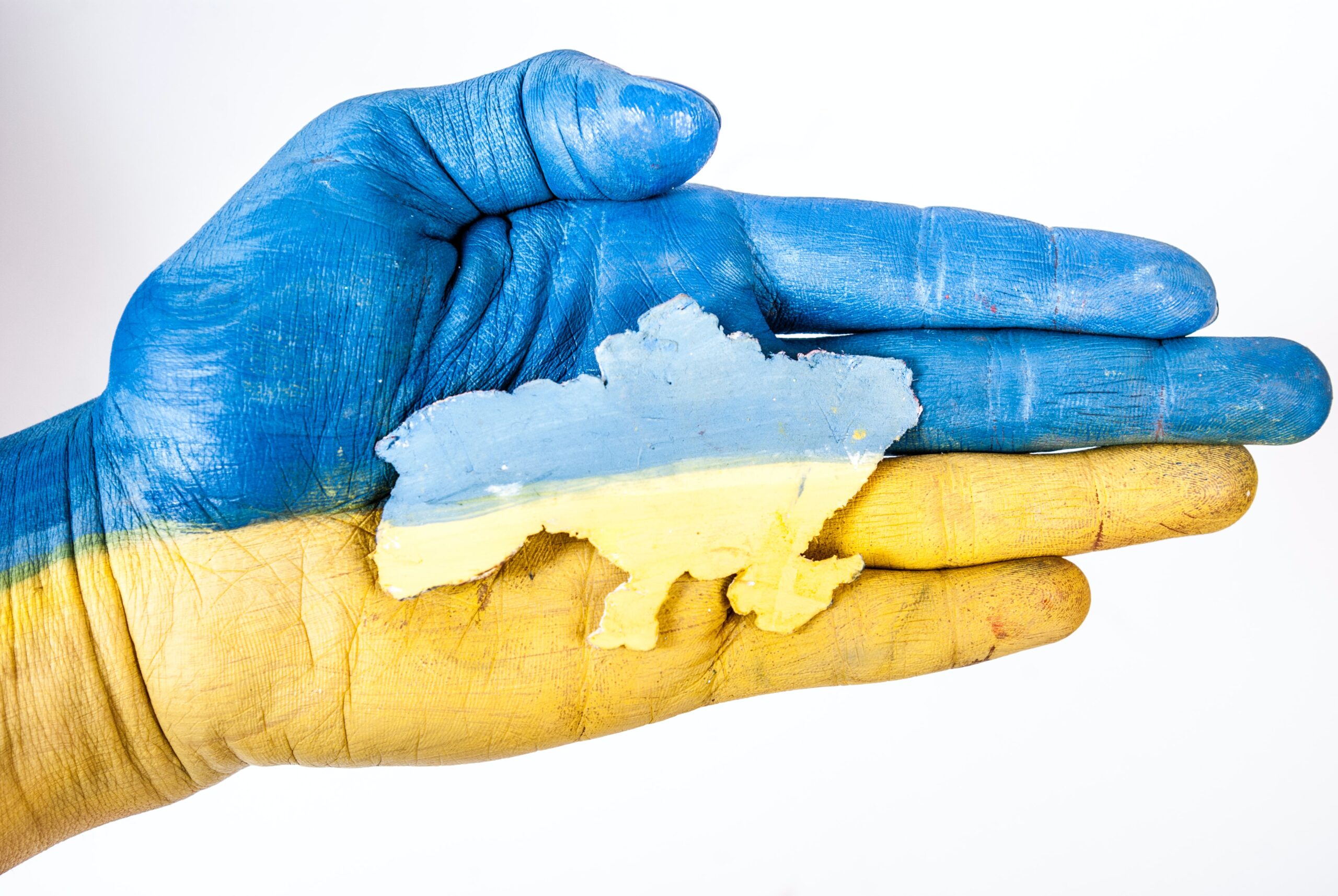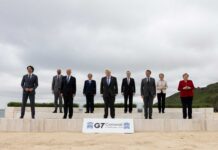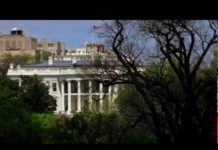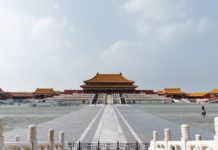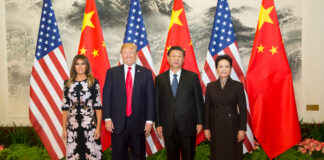Following months of heightened tensions between North Korea and the US, the North Korean leader has taken a number of steps that appear to indicate a willingness to move past the current stalemate. Such overtures include Kim Jong Un’s visits to China in March and May, a historic summit in April with South Korean President Moon Jae-in, and an invitation to Donald Trump, which he has accepted, to meet in person. So as the US-NK summit approaches – it is now scheduled to take place in Singapore in June – what are Kim Jong Un and Donald Trump’s goals?
The North Korean leader has exceeded expectations as a shrewd leader and adversary. Many saw him as an inexperienced heir who would soon succumb to internal infighting and the pressure of leading an impoverished nation and the world’s most isolated economy. His bellicose rhetoric and his commitment to developing a nuclear deterrent were largely interpreted more as the traits of a young and immature leader than those of an experienced statesman.
But Kim Jong Un’s latest moves indicate he is more in control than many would like to think. Ever since becoming the country’s leader in 2016 he has called for the twin pursuit of economic and nuclear development with the aim of making North Korea a ‘great socialist nuclear power’. And although the country’s nuclear capabilities – in particular its long-range inter-continental delivery capabilities – are unclear, Kim Jong Un’s show of force during 2017, both rhetorical and through well-crafted propaganda, has sold his people the idea that North Korea has achieved great nuclear power status.
Kim Jong Un’s recent moves should be understood in this context. By getting the US President to agree to a historic meeting, the North Korean people are likely to believe that their nation has achieved superpower status, as why else would the US President agree to meet with their leader? But Kim Jong Un has paid a high price to get to this point, with this price taking the form of economic sanctions that are starting to bite and which threaten to derail his promise to deliver economic prosperity. A summit with the US President therefore opens the door to negotiate sanctions relief.
But what about the US and Donald Trump? After insulting Kim Jong Un via Twitter and at the UN in September 2017, Trump has surprised everyone by agreeing to meet with the North Korean leader. With this move, Trump wants to silence critics and sell the idea that he too can be diplomatic. Yet a meeting implies a certain degree of willingness to negotiate, or at least to explore the possibility of trading something in return for something. Yet Trump has repeatedly said he will not negotiate anything short of complete denuclearisation, which the North Koreans will hardly give up despite recent declarations that suggest their readiness to negotiate.
On the face of all evidence, Kim Jong Un was hoping to achieve a deal similar to that which the nuclear powers plus Germany reached with Iran. That is, a freeze of North Korea’s nuclear programme in exchange for nuclear sanctions relief. This would have been a sensible outcome that even China and Russia appeared willing to support. Yet Trump, eager to execute his campaign pledge and to undo every success of the Obama administration, announced on 9 May his unilateral decision to withdraw from the nuclear deal with Iran.
With this decision, Trump has sent a clear message to both his supporters and North Korea. On the one hand he is delivering on his campaign promise while on the other hand he is telling Kim Jong Un that he better forget about a freeze-for-relief deal. Does that mean that such an outcome is no longer a possibility? If Trump and Kim Jong Un were conventional statesmen, one could with almost all certainty conclude in the affirmative. But neither are conventional leaders so everything is possible, from a last-minute cancellation of the meeting through to a return of the hostilities or even a deal similar to that reached with Iran.


